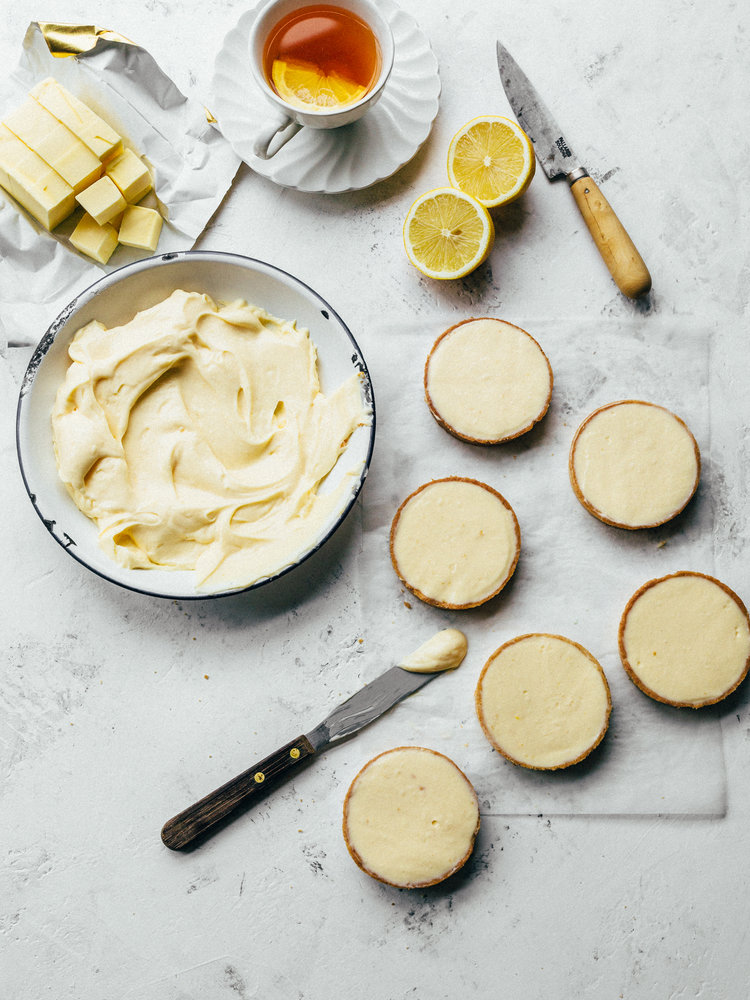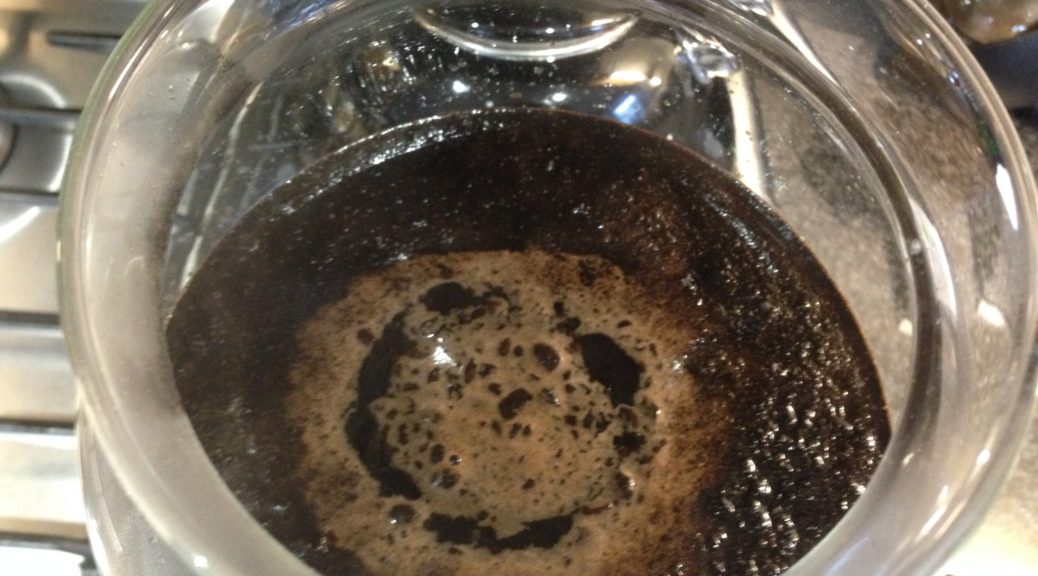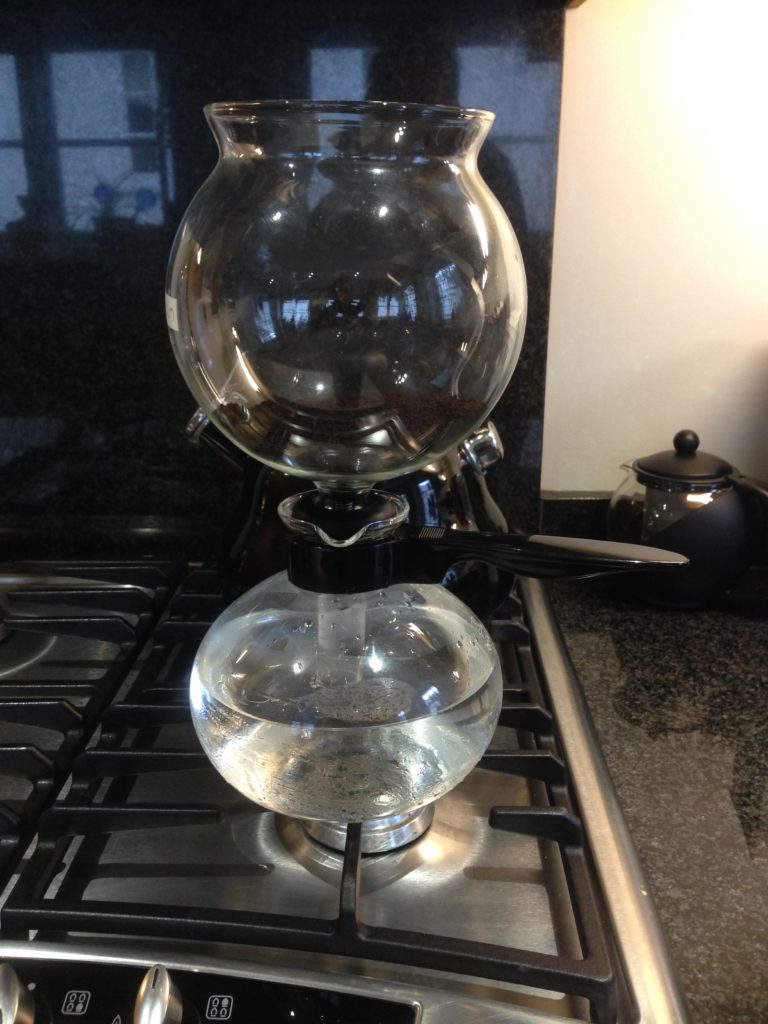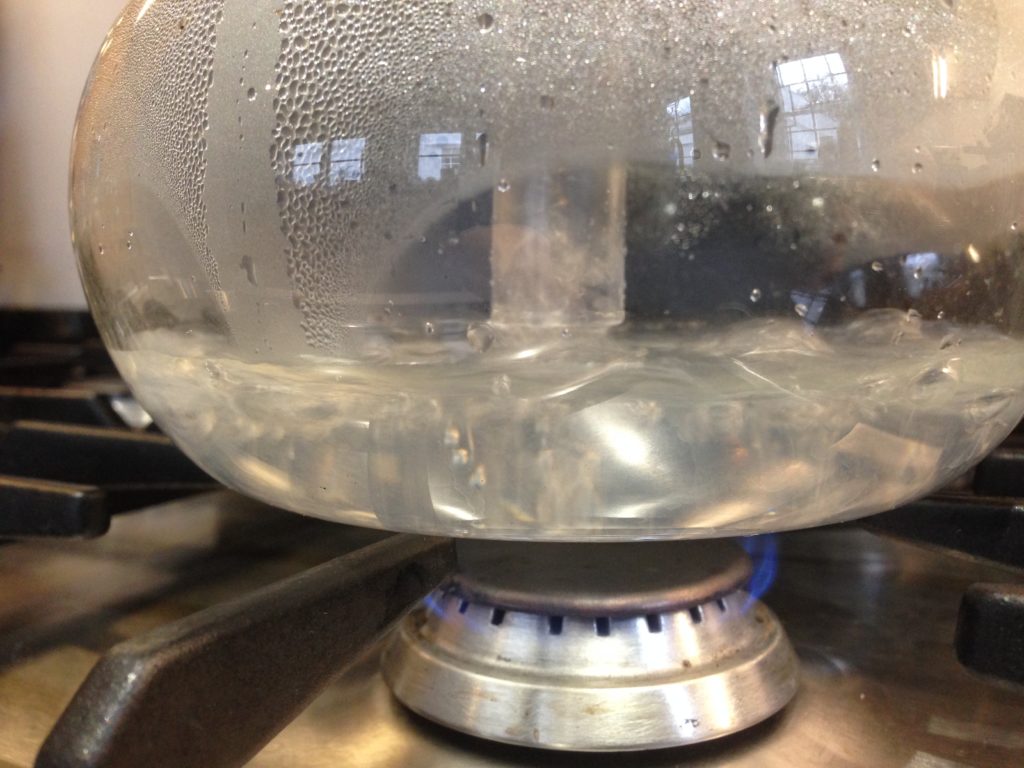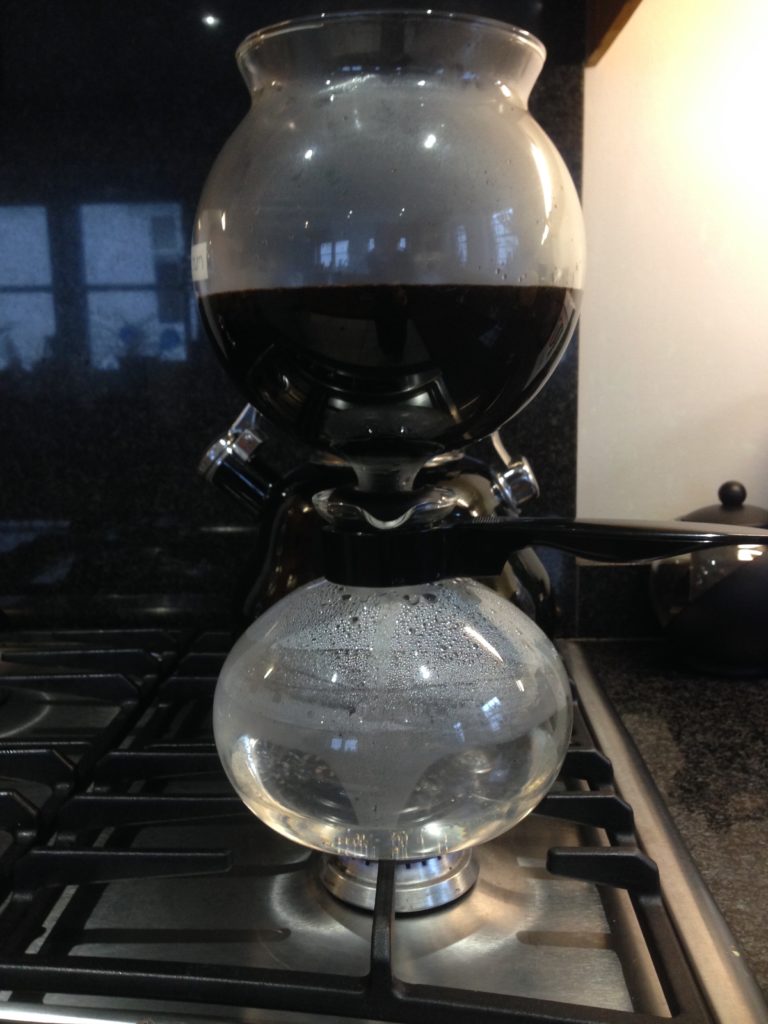An Egyptian pudding popular across the Arab world, a bit like a bread-and-butter pudding. Instead of flatbread, pieces of baked pastry can also be used, as I do here.
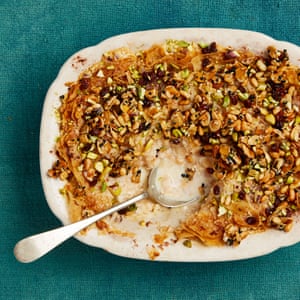
Prep 10 min
Infuse 1 hr+
Cook 1 hr 25 min
Serves 4-6
700ml whole milk
300ml double cream
15 cardamom pods, roughly bashed open in a mortar
2 cinnamon sticks
125g caster sugar
6 feuilles de filo pastry (120g)
60g unsalted butter, melted
2 tsp runny honey
40g pine nuts
30g flaked almonds
1½ tsp white sesame seeds
1½ tsp black sesame seeds
1 tsp olive oil
1 tsp rose water
1 pinch flaked sea salt
30g desiccated coconut, lightly toasted
½ tsp ground cinnamon
20g pistachio kernels, finely chopped
1½ tbsp barberries, soaked in hot water for 20 minutes, then drained
Heat the oven to 170C (160C fan)/350F/gas 4. Put the milk, cream, cardamom and cinnamon in a medium saucepan, turn on the heat to medium-low, cover and cook for 20 minutes, or until steaming and just beginning to bubble. Turn off the heat and leave to infuse for at least an hour (or refrigerate overnight). Strain through a sieve set over a bowl (discard the solids), then pour back into the pan and add 70g sugar. Bring to a simmer on a medium heat, stirring from time to time, then set aside and keep warm.
Lay out one filo sheet on a clean work surface and brush liberally with melted butter and a teaspoon and a half of caster sugar. Top with another sheet of filo and repeat until you’ve used up all the filo and melted butter and 45g of the sugar. Transfer to a large oven tray lined with greaseproof paper and bake for 20 minutes, until golden. Remove from the oven, set aside to cool, then break into jagged, roughly 10cm pieces; it’s fine if they flake apart a little.
Put the honey, pine nuts, almonds, sesame seeds, oil, rose water and a pinch of flaked sea salt in a small bowl and mix well. Transfer to a small oven tray lined with greaseproof paper, bake for eight minutes, then stir and bake for four minutes more, or until golden. Remove from the oven, leave to cool for 10 minutes, then break into small clusters.
Turn up the oven to 190C (180C fan)/390F/gas 6. To assemble the dish, arrange half the baked filo pieces in a 24cm-long x 14cm-wide x 7cm-deep baking dish, and sprinkle over half the coconut and a quarter-teaspoon of cinnamon. Top with the remaining filo, then pour over the warm milk. Sprinkle with the remaining quarter-teaspoon of cinnamon, the remaining coconut and the last 10g of sugar. Bake for 25 minutes, or until golden and bubbling, then remove from the oven and leave to cool for about 15 minutes. Top with the pistachios, barberries and pine nut clusters, and serve warm.







